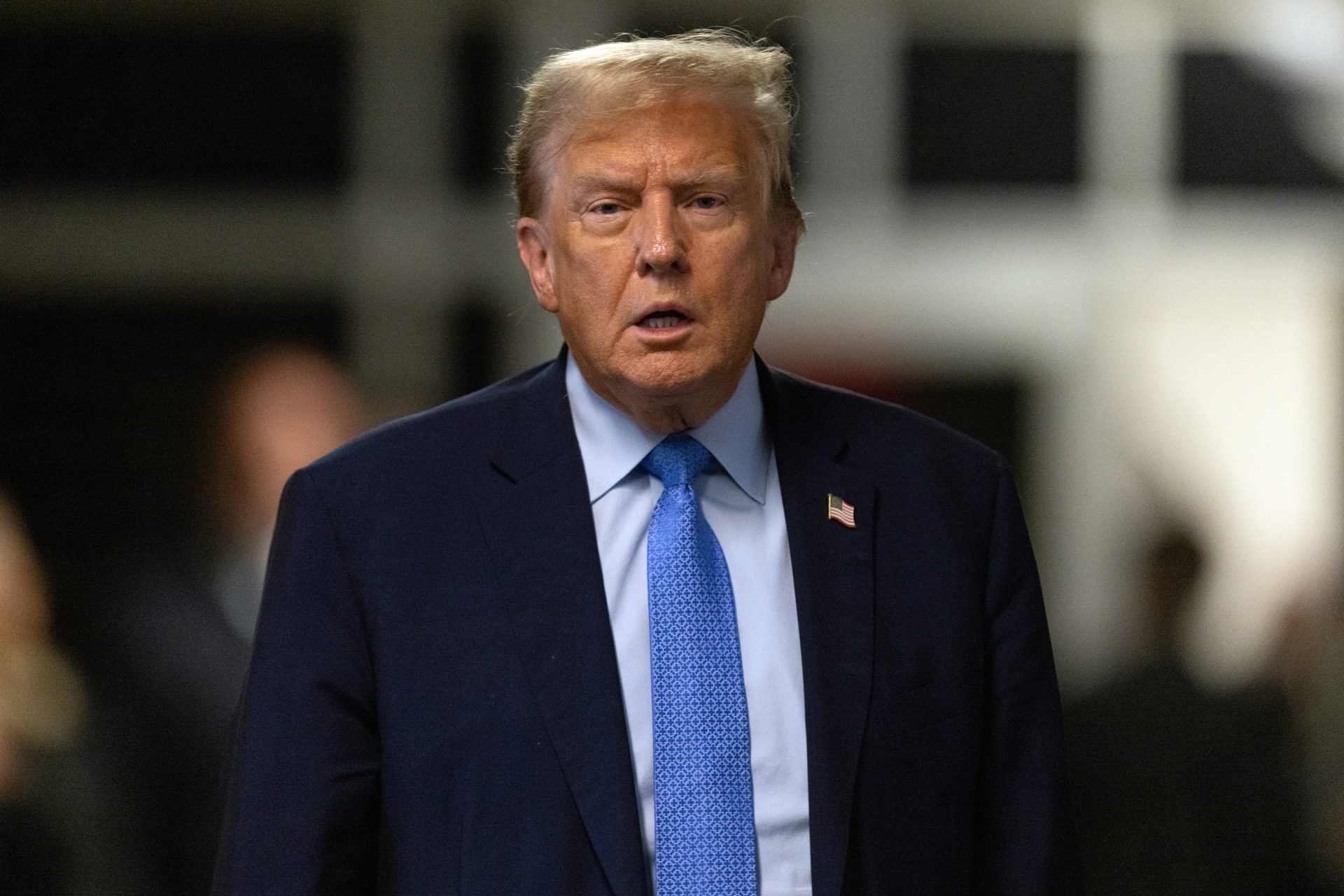Beacon in the Galaxy: the message from humans to aliens
Who hasn't looked up at a magnificent night sky, studying the stars and wondered, "Is there anybody out there?" or "Are we alone in this universe?" It is a question we have been troubled by again and again over throughout the ages.
Fermi's paradox, attributed to physicist Enrico Fermi, speaks to us precisely of this: "Why are no aliens or their artifacts found here on Earth, or in the Solar System?" and "Why do we see no signs of intelligence elsewhere in the universe?"
Photo by Greg Rakozy on Unsplash
So far, it seems that we have not yet received evidence of the existence of alien civilizations. Still, for about 50 years, human beings have been trying to establish contacts or at least send messages across the cosmos precisely to leave traces of our existence.
The latest "message in a bottle" that humans have decided to send to the universe is called 'Beacon in the Galaxy.'
Image by Luminas Art from Pixabay
Beacon in the Galaxy will likely be sent in 2023 by the largest telescope in China. It is a message written in binary code and will be transmitted in our galaxy, the Milky Way.
The message consists of mathematical and physical concepts to establish a means of communication to convey information to intelligent extraterrestrial lives.
Image by Reimund Bertrams from Pixabay
In addition, digitized images of humans will be included along with an invitation to respond to all alien civilizations that may receive it.
Image: Jonathan H. Jiang SETI, Wikimedia Commons
'Beacon in the Galaxy' is not the first message that the human race has decided to send across the cosmos. In fact, in the 1970s there were several projects through which we tried to establish contact with aliens.
Photo: Pixabay
Humans sent their first message into space in 1974 through the Arecibo radio telescope towards the globular cluster M13 (about 25 000 light-years away). The message contained stylized figures, images of the telescope, and chemical formulas.
Photo: Wikipedia
In 1972 the first space probes, Pioneer 10 and Pioneer 11, were sent with the same purpose of establishing any contact with extraterrestrials. Later in 1977, two more space probes were also sent, Voyager 1 and Voyager 2.
On the Pioneer space probes, there were plaques that depicted a man and a woman without clothes and the sun's position relative to the galaxy's center.
On the Voyager space probes, the Voyager Golden Record was inserted, a recording that included all sorts of sounds, images, and other evidence of our civilization.
Unfortunately, these probes are tiny if we think of them in the immense context of the universe and have a very low probability of being found by another civilization.
Photo by NASA on Unsplash
Carl Sagan himself, who led this project, said "The spacecraft will be encountered and the record played only if there are advanced space-faring civilizations in interstellar space, but the launching of this 'bottle' into the cosmic 'ocean' says something very hopeful about life on this planet."
In this sense, the gold discs contained in the Voyager 1 and 2 probes can be considered more of a time capsule than a real attempt to establish contact. Maybe they will be found thousands of years from now as proof of our past existence.
Photo: Wikipedia
Of all the messages sent into space, those contained in the gold discs of the Voyager 1 and 2 probes are undoubtedly the most fascinating. All the materials included are an attempt to describe a bit of our world. Let's see some examples.
Photo: Wikipedia
The Golden Records contains greetings in 56 different languages ranging from English, French and Italian to Quechua, Urdu and Akkadian.
Photo: Unsplash/Jeremy-Bezanger
Another fascinating material contained within the Voyager 1 and 2 probes are the sounds of the earth. It is a section of about 90 minutes of music belonging to the different cultures present on our planet.
Music such as works by composers such as J.S. Bach, Mozart, Beethoven (played by the Budapest String Quartet), Chuck Berry, Kesarbai Kerkar, Valya Balkanska, and electronic composer Laurie Spiegel, among others.
Carl Sagan also tried to get 'Here Comes the Sun' from the Beatles' Abbey Road album on the record. Although the band agreed their record company, EMI, refused and the song was left out of the Golden Records.
Also included in the Voyager Golden Record is a collection of 116 photographs describing life on our planet as well as some details of our solar system and landscapes.
Among the 116 photos included in the Voyager 1 and 2 space probes is a picture of woman at the supermarket, people eating, a close-up image of Jupiter on which its diameter is also indicated.
Photo: Wikipedia
Page 6 from Isaac Newton's Philosophiæ Naturalis Principia Mathematica Volume III, De mundi systemate (On the system of the world) is also included on the golden record.
Photo: Wikipedia
The goal, whether it be from the Voyager Space probes or the Beacon in the Galaxy, our goal is to leave some sort of evidence of our existence in the universe, so that if there are indeed intelligent beings out there, they may one day learn about us and perhaps, even, if we still exist, get into contact with us!
More for you
Top Stories




































